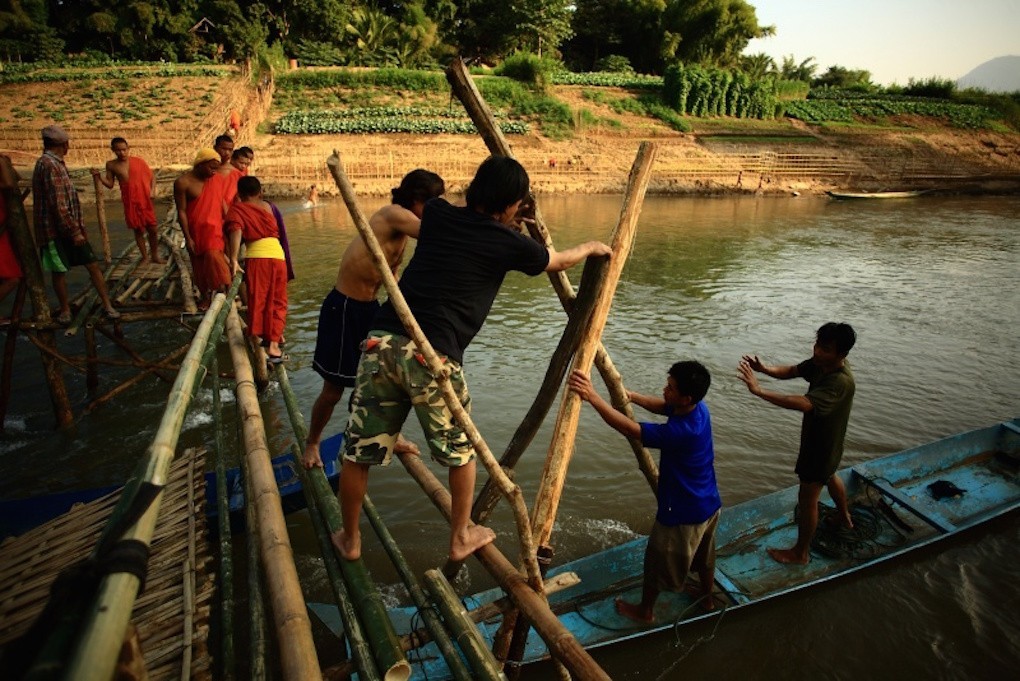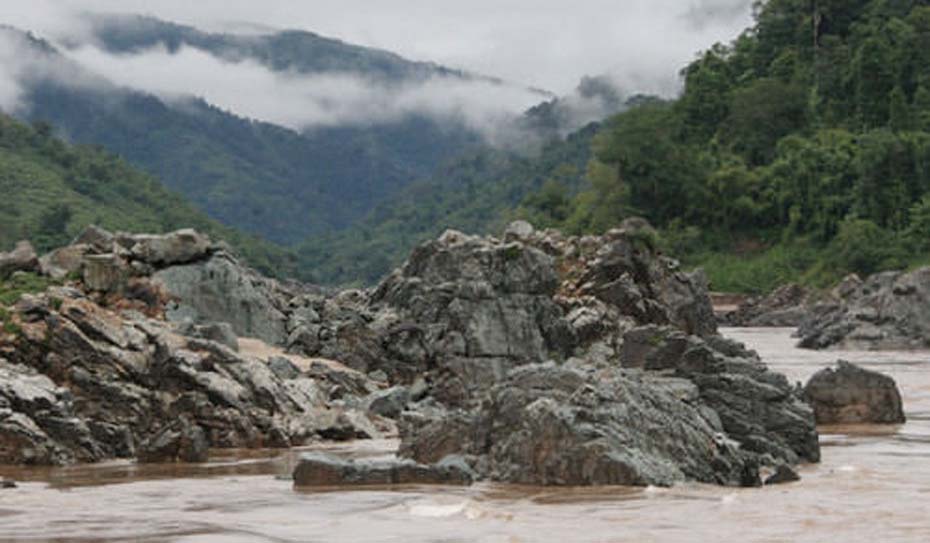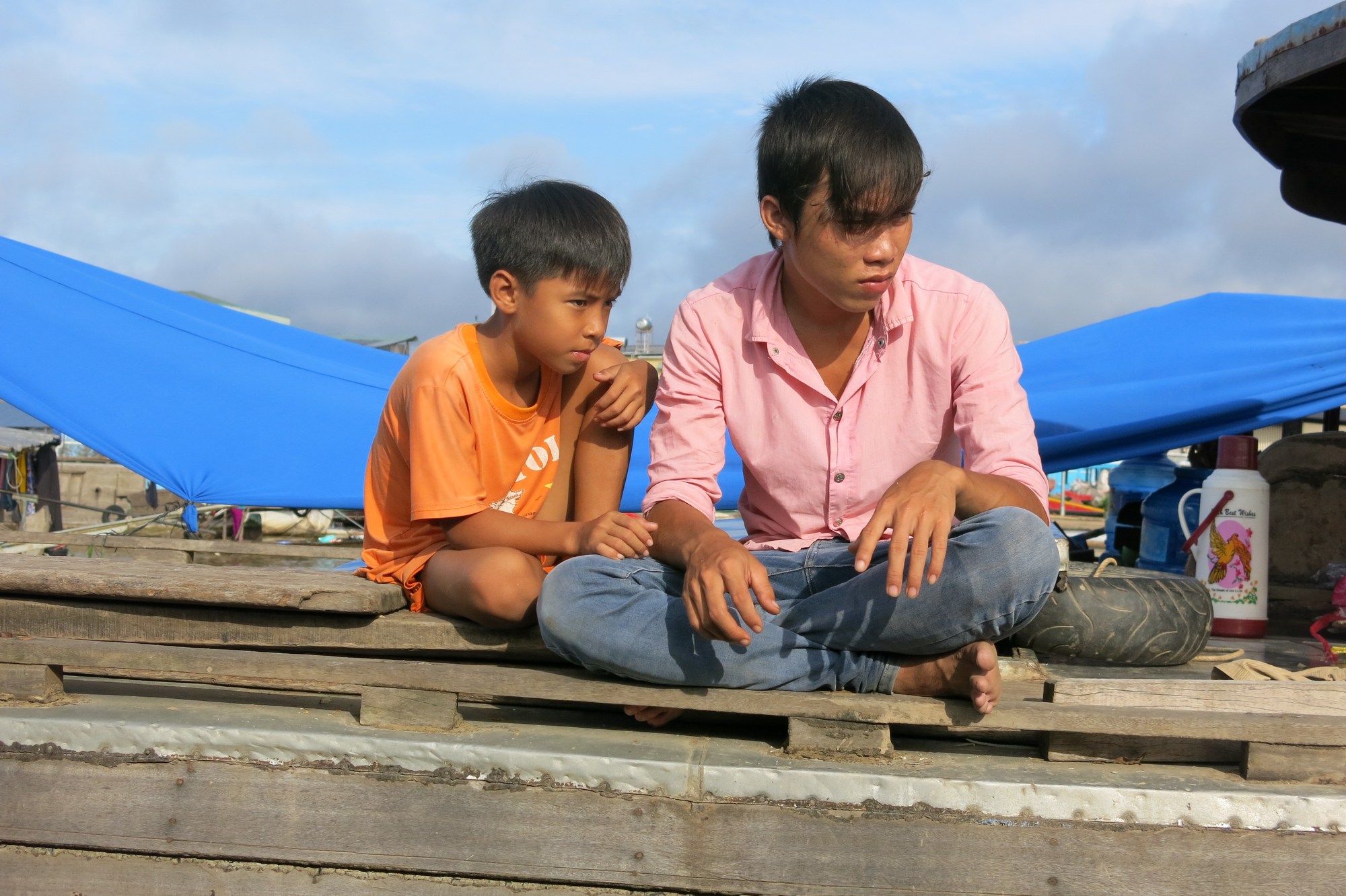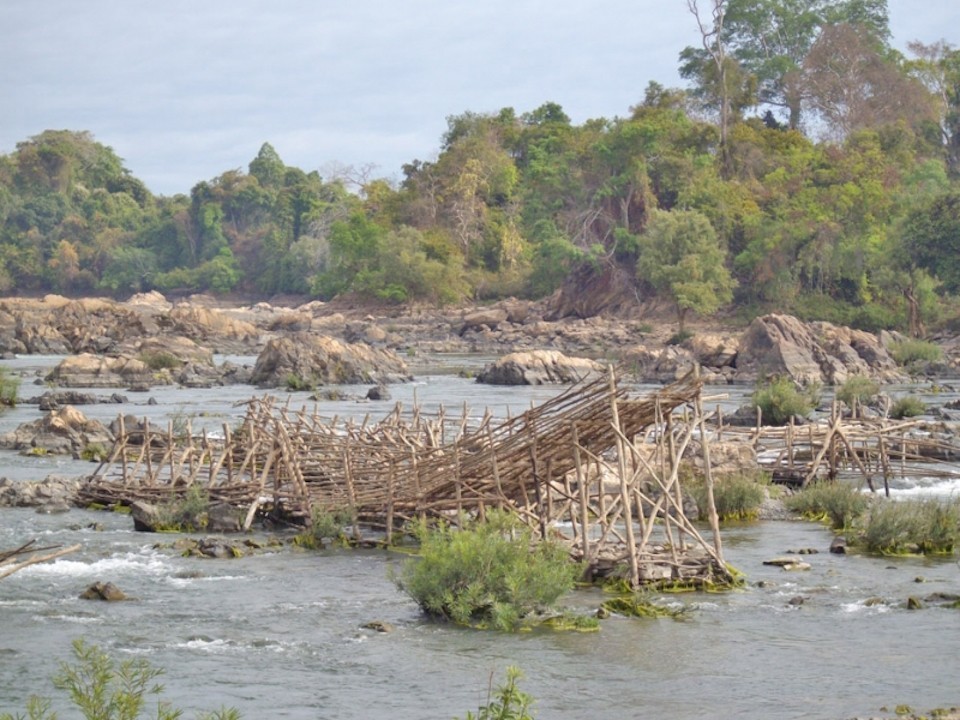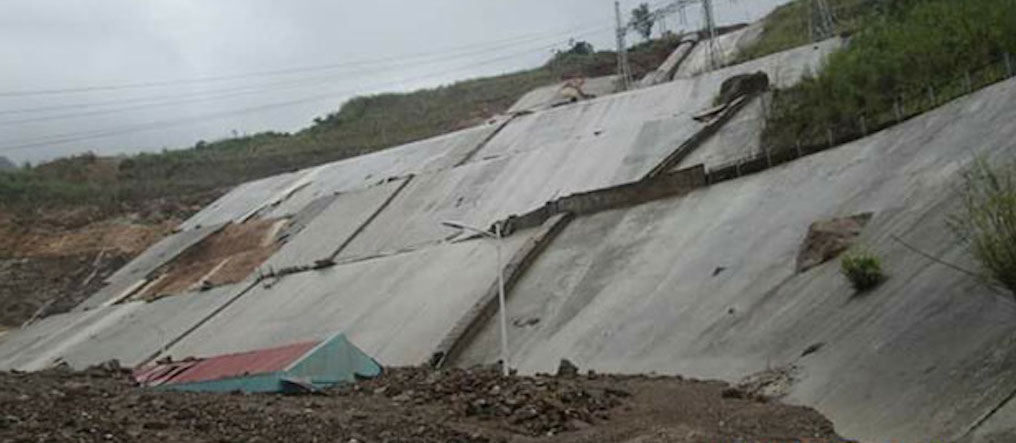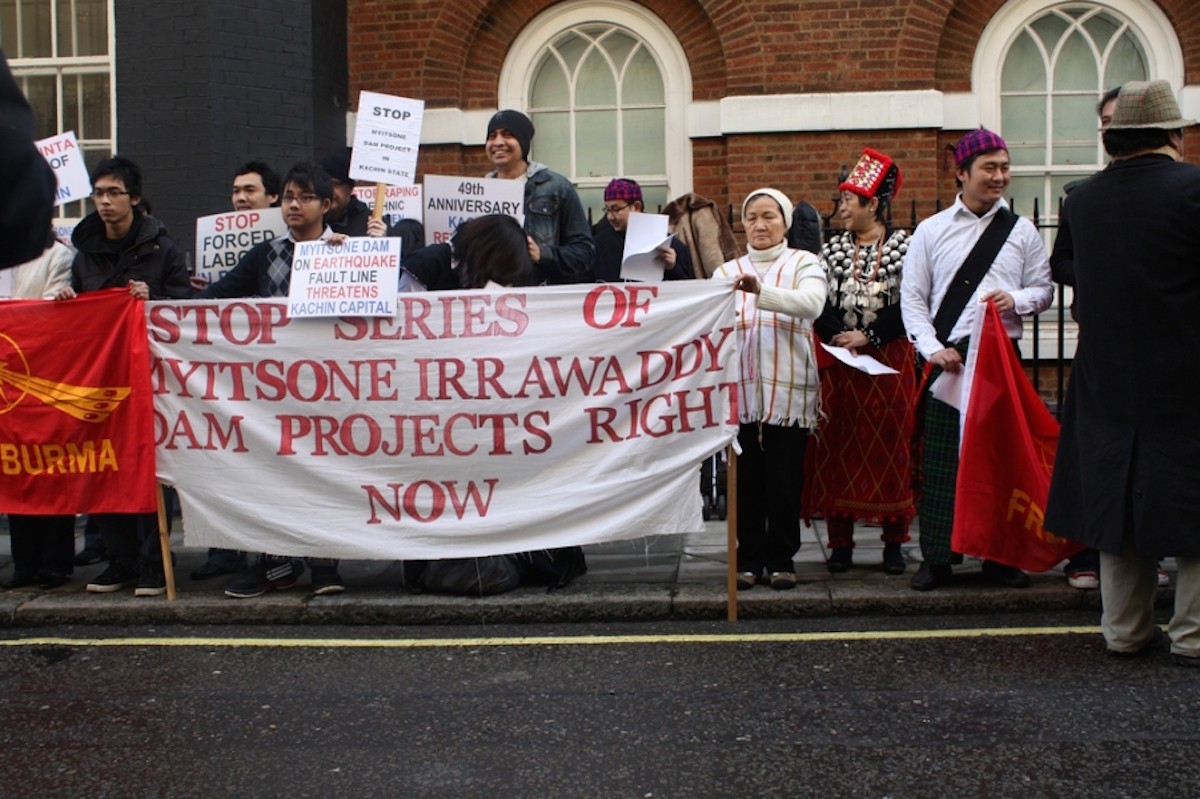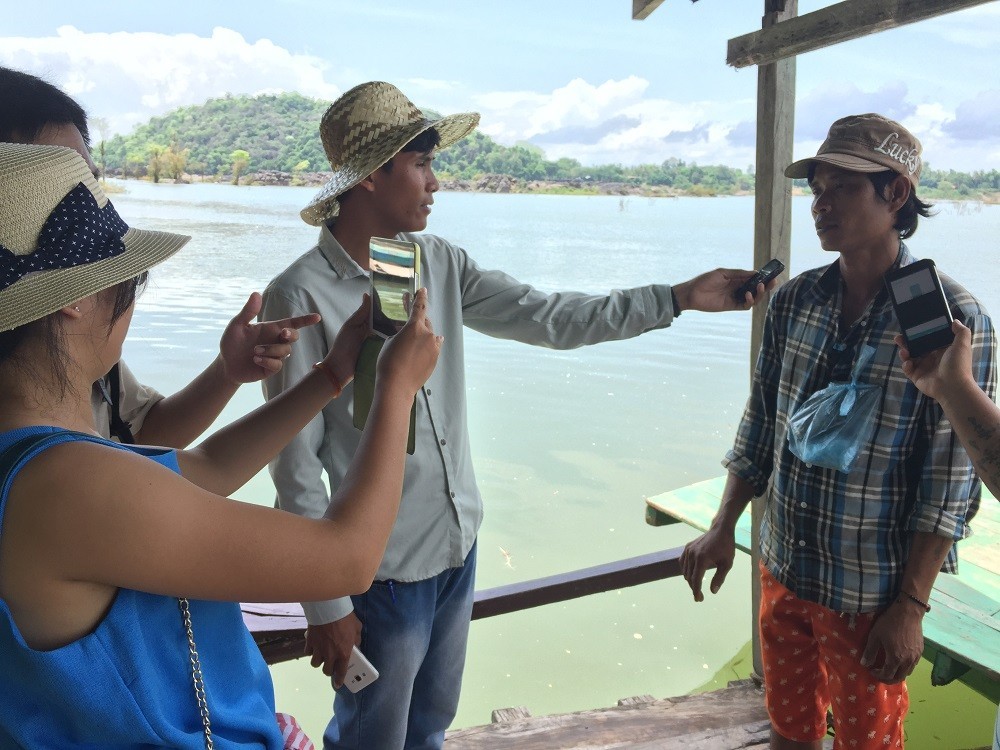In view of various climate change phenomena, how can economies develop sustainably? Specifically, can economies grow while giving equal consideration to the tri-nexus of economy, environment and society? It is a question confronting policymakers in Southeast Asia on a recurring basis.
Category: Mekong
Locals slam Mekong blasting plan
The government’s aim to clear the Mekong River’s rocky outcrops to ensure the smooth passage of large cargo boats has set off alarm bells for environmental activists and locals who fear the ecology in the area will be put at risk.
The Mekong River, known in China as the Lancang River, runs through China, Myanmar, Laos, Thailand, Cambodia and Vietnam over a total distance of 4,880km.
Mekong Dams: Can Downstream Nations Expect Understanding from Upstream Developers?
The Mekong River rises from Tibet highland, running through thousands of kilometers in six countries, including China, Myanmar, Laos, Thailand, Cambodia and Vietnam.
Mekong means Mother in the Thai and Laos old language. As a result, it is not accidentally the name of the river has a blessed meaning. The river also plays an economic hub to feed for more than 60 million people and thousands of kinds of aqua products.
Spare the Mekong
The Prayut Chan-o-cha government made an out-of-the-blue decision that paves the way for the demolition of the Mekong River’s rocky outcrops for the sake of “improved waterway navigation”.
The justification offered is both weak and unjustified. The public was neither consulted nor informed while the well-being of the ecology of the world’s tenth longest river is at risk. And the party gaining the most significant trade benefits will obviously be China.
The top 5 water stories in 2016
Water is an irreplaceable component in the fight against climate change but it is also its biggest victim. The World Economic Forum named water the number one threat in 2015 and it was also ranked a top risk in 2016.
Over the last 12 months, the world was given a sneak preview of the global water wars scientists have predicted for the century ahead, and tensions surrounding dams and the control of water within drought situations were flashpoints for conflict. Companies can expect water use to hit their bottom lines harder and prices of electricity are likely to go up as hydropower comes under threat.
The Mekong Part III: Scaling Back Lao Dams
Farmers and fishermen in downstream countries are complaining about the impact of Mekong River dams located upstream in both China and Laos.
But a think tank now has a plan to reduce the damage done to crops and fish stocks by hydroelectric dams. Its focus is on Laos, Southeast Asia’s poorest country, which it says could benefit from scaling back on some of its planned dams.
Laos’ Xekaman 3 Dam Break Shuts Off Power to Vietnam
A break in a critical waterway shut down a hydro-electric dam in southern Laos and raised questions about the quality of construction at the facility that sends most of the power it generates to Vietnam.
While officials said the Dec. 16 break in the Xekaman 3 facility’s penstock posed no threat to people living downstream, it marked the second breakdown in the tunnel that channels water to the power turbine, RFA’s Lao Service has learned.
Fight against dams along the Irrawaddy River
The Myanmar government decided in February, 2011 to postpone the Myitsone hydro-electricity dam which is to be built at the upper stream of the Ayeyarwady River. The justification was that the project would be harmful to the country’s economy and society.
Scientists discover 163 new species in Greater Mekong region: WWF
A rainbow-headed snake and a dragon-like lizard are among 163 new species that scientists recently discovered in the Greater Mekong region, conservation group WWF said on Monday, adding rapid development in the area, from dams to mines, was threatening wildlife survival.
Cambodian Environmental Journalism Network Urges More Comprehensive Coverage of Environment
While the media coverage of the environment in Cambodia is still limited, the Cambodian Environmental Journalism Network (CEJN) has urged media organizations to make more comprehensive coverage of the environment for the public in cooperation with the media in the neighboring countries.


